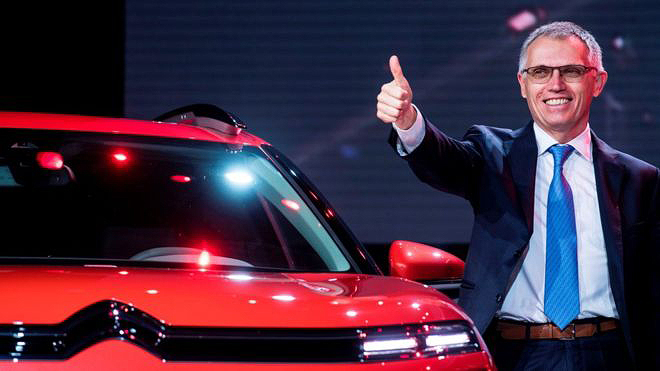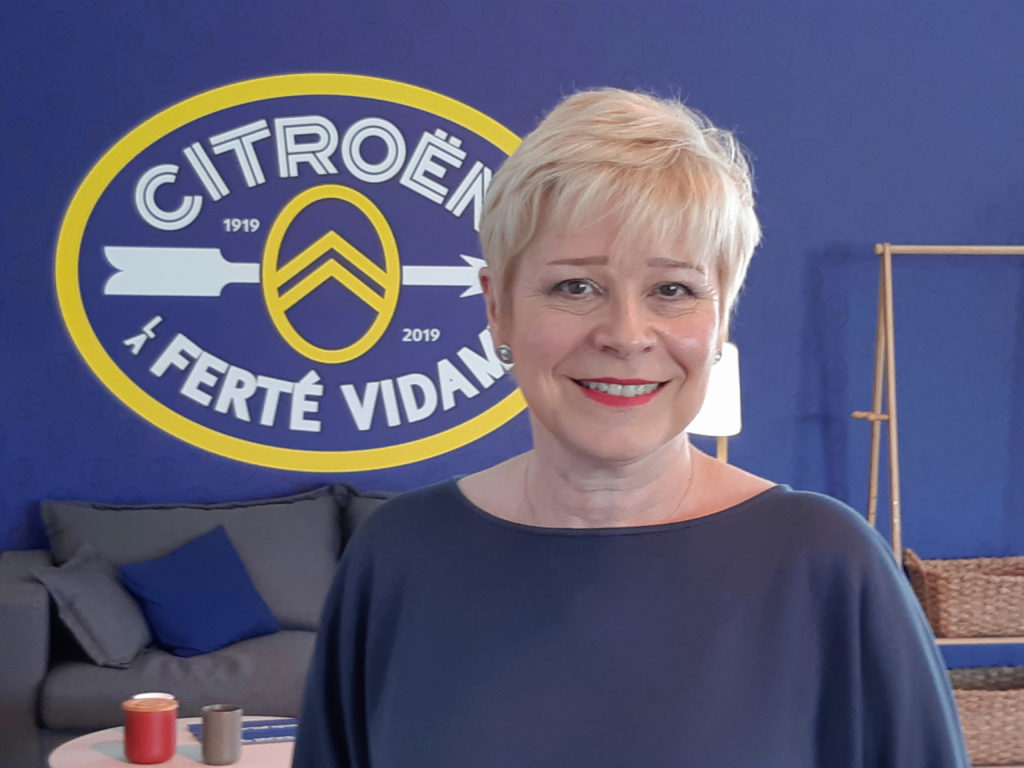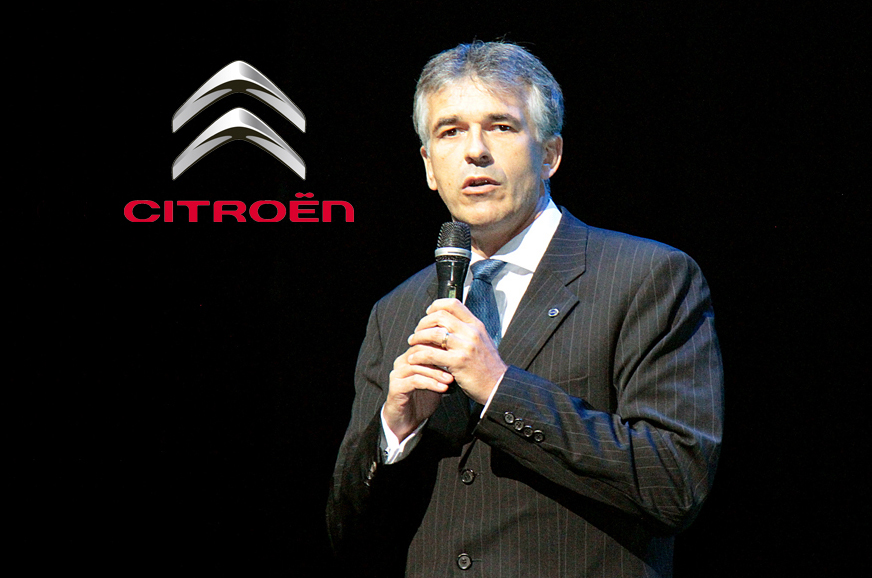With FCA and PSA merged, what will Citroën’s future be?

The joining of Fiat Chrysler Automobiles and Groupe PSA at the end of 2019 created the world’s fourth-largest automobile manufacturer by volume and third-largest by revenue with annual sales of 8.7 million units and combined revenues of nearly $190 billion euros to produce a projected recurring operating profit of over $12.2 billion euros and an operating profit margin of 6.6 percent.
With Carlos Tavares at the helm of the combined companies, he is pushing to create a diversified business with among the highest margins in their core markets like Europe, North America and Latin America. The merger is claimed to deliver synergy worth approximately 3.7 billion euros per year. All this with no plans for plant closures.

Groupe PSA owns auto brands; Peugeot, Citroën, DS, Opel and Vauxhall, while FCA owns the brands; Fiat, Chrysler, Dodge, Jeep, Ram, Alfa Romeo, Maserati, Abarth, Lancia, and Aixam. Combined, the two groups have 15 niche auto brands and all of them will continue to remain. At least for now.
As part of this merger, these two auto groups are likely to produce 70% of their total cars based on two PSA platform architectures; EMP1 and EMP2.
About 2.6 million cars to be rolled out by the combined company will be based on an improved version of PSA’s Common Modular Platform, EMP1. This architecture can underpin the B segment city cars, entry-level and mid-range C segment sedans and compact crossovers. Around 3 million C and D segment cars and premium crossovers will use an improved version of PSA’s EMP2 architecture. Combined, around 5.6 percent of the total 8.7 million vehicles will use these two platforms every year.
Jeep SUVs like Grand Cherokee will continue to use FCA underpinnings for now despite the FCA platforms being designed with the capability to house alternative powertrains, but PSA claims its architectures are more modern than Fiat Chrysler equivalents.
We take from this that other than an attempt at styling and occupant environment in vehicles, the distinction we have experienced in Citroëns will be further homogenized by the brand’s reliance on EMP1 and EMP2 platforms.
With so many brands on common platforms, it is unlikely that all will be deployed to compete with each other in a worldwide market. Tavares has been clear that a return to the USA is not in the cards for Citroën. Rather, he has decided to seed Citroën into the Indian market along with keeping the brand active in its current markets; Europe, the UK, Africa, Australia, China, Japan, and South America.
Citroën CEO Linda Jackson stated numerous times in 2019, including during a speech that she gave to Amicale Citroën International (ACI) delegates at the Citroën Centenary celebration at La Ferté-Vidame last July, that the brand’s focus in the foreseeable future will be on the Indian market. As of 2019, India is the 4th largest automobile market in the world, surpassing Germany in terms of sales.

India is a market that Peugeot left in 2001. And GM launched Opel there in 1996 only to discontinue it in 2006.
As we see it, the future of Citroën will be hinged on the brand’s success in the Indian market. Rather than having Peugeot or Opel return to India with a tarnished reputation, Citroën is to be the sacrificial brand of PSA that will be used to make a re-entry attempt.
Citroën’s European market share was at 4.5% when Jackson took the helm in 2014 and has hovered around the same point since then. To bolster its Indian market attempt, Tavares elicited help for Jackson. Effective October 1, 2019, he appointed Vincent Cobee as Deputy CEO of Citroën with the task of accelerating the development of the brand internationally.

Cobee, a Frenchman who held previous roles at Nissan and was Mitsubishi’s head of production until April, when a management reshuffle took place within the Renault-Nissan-Mitsubishi Alliance in the wake of CEO Carlos Ghosn’s arrest.
Cobee’s key asset for Citroen’s India push is that he was the head of the Datsun brand when it was revived and launched in India, under the Nissan Motor Company. Now, as Citroen readies its first car for India, the C5 Aircross SUV for an end-2020 launch, there is also the likelihood of future models such as the C3 Aircross, C3 hatchback, possibly an electric vehicle, and those from the sister DS brand being announced for India in the coming months.
FCA currently sells vehicles in India under the Jeep and Maserati brands. Under the FCA/PSA merger, there is a distinct possibility Cobee will oversee the co-development of some India-specific models in the future.
However, having an understanding of the market and applying that to the company’s product strategy are two separate things. The latter, combined with an underestimation of the challenge that is India, proved to be Datsun’s stumbling block in India as it has not been able to make a significant dent in the Indian market, despite being labelled Nissan’s budget brand.
Citroën has already set up a manufacturing plant in Hosur, Tamil Nadu, in November 2018. Apart from manufacturing engines and cars in India, Citroën will also use its plant to manufacture cars for both the Indian market and for export.
For Citroën to succeed in India will be an immense challenge as there are strong home-grown auto brands like Tata, Mahindra & Mahindra, Maruti Suzuki, to name but a few, and other major European manufacturers like BMW, Mercedes and VW are not just targeting India, they too are building a manufacturing base there. Add to those poised to sell in India, the many Chinese, Japanese and Korean automobile companies that see enticing growth for them by achieving dominance there and you have the most competitive market in the world!
By 2025, with FCA/PSA’s sales and operations numbers being analyzed as it tries to maintain all the brands it has today, if Citroën does not succeed in India, cost-cutting measures reminiscent of the era at General Motors when they were forced to consolidate by shedding their Pontiac and Oldsmobile brands to attain profitability could well be the fate for Citroën not only in India but in all other markets.

Looks like and incredibly complex and financial gamble for Citroën. Given the push for less reliance on fossil fuels and very crowded markets all over the world, the FCA/PSA merger will be fascinating to watch…